
Blog
Comprehensive Guide to Choosing the Right Solar Panel Mounting Structure for Optimal Efficiency
In the growing landscape of renewable energy, solar power stands out as a leading solution for sustainable electricity generation. As installations surge, selecting the right solar panel mounting structure becomes critical for maximizing efficiency and system longevity. According to a report by the International Renewable Energy Agency (IRENA), the global installed solar capacity reached over 800 GW in 2020, with projections suggesting it could surpass 2,500 GW by 2030. However, the effectiveness of these installations heavily relies on the quality and suitability of their mounting systems.
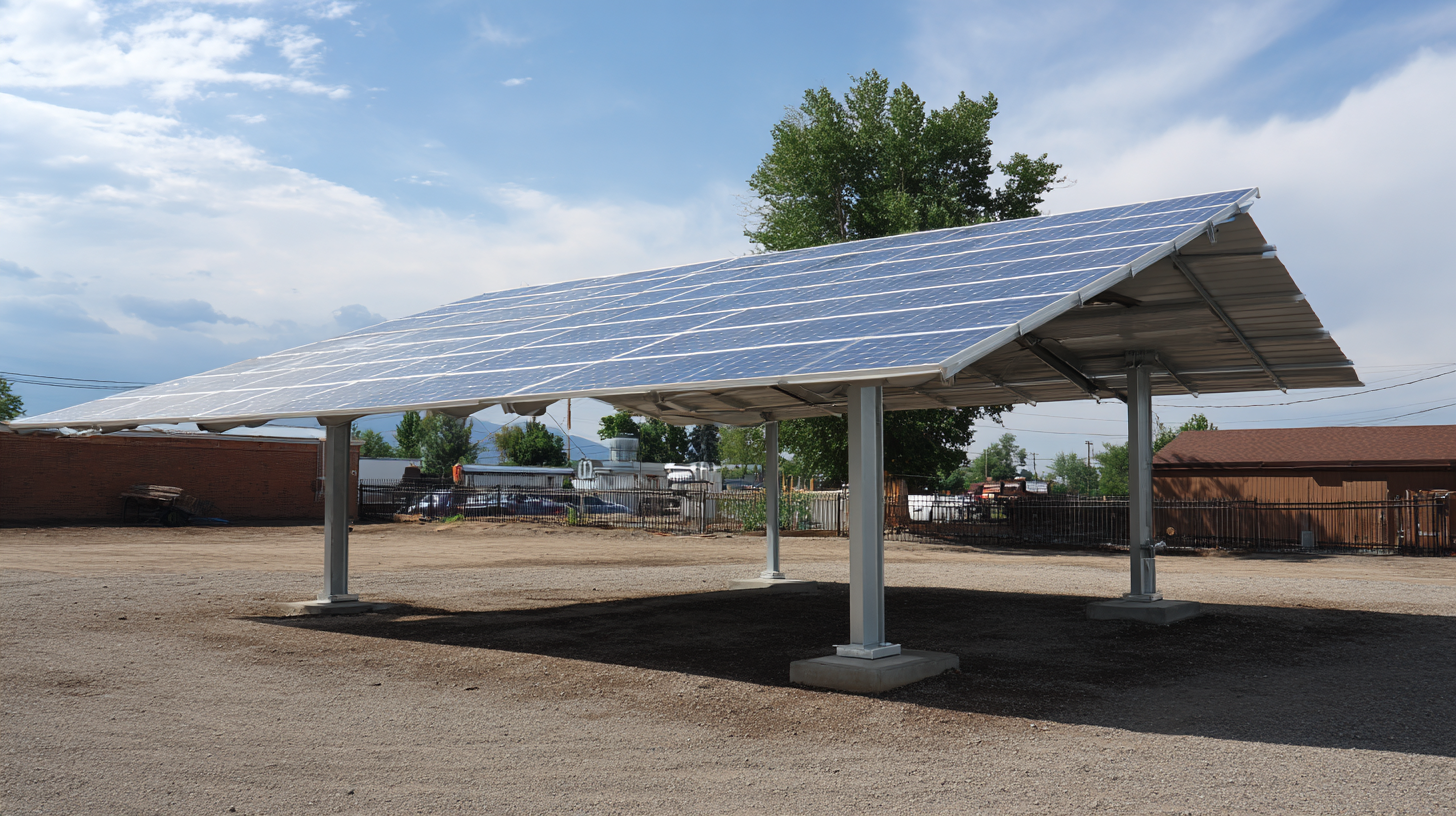
A well-chosen solar panel mounting structure not only enhances energy yield by optimizing angle and exposure but also significantly reduces the risks associated with environmental factors such as wind and snow loads. In this comprehensive guide, we will explore essential tips and considerations to help you make informed decisions on selecting the most suitable solar panel mounting structure for your specific needs.
Understanding the Different Types of Solar Panel Mounting Structures
When selecting the right solar panel mounting structure, understanding the various types is crucial for achieving optimal efficiency. Traditionally, solar panels come with a metal framed edge, which facilitates their installation on rooftops or walls. However, there is a growing interest in frameless solar panels, which offer a sleek design aesthetic and improved performance in certain conditions. According to industry reports, frameless panels have been shown to have lower susceptibility to dirt accumulation, which can enhance their energy output by up to 5% in comparison to traditional framed panels.
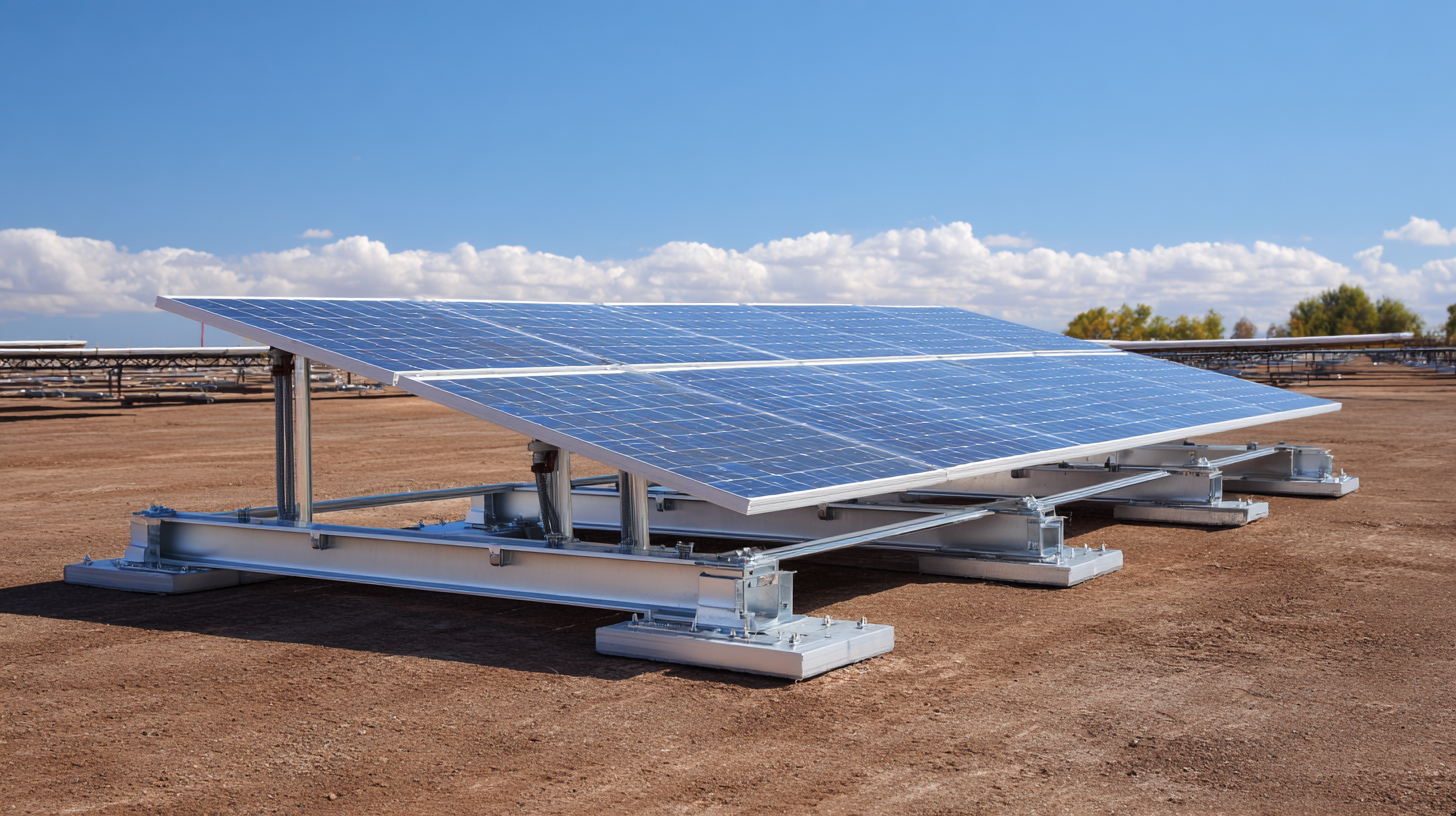
Furthermore, it's essential to consider the long-term maintenance and potential efficiency gains. Research indicates that well-designed mounting structures can improve the lifespan of solar panels, with some studies highlighting an efficiency increase of around 20% when optimal structures are employed. Evaluating these factors will ensure your solar investment is both efficient and sustainable.
Key Factors to Consider When Selecting a Solar Panel Mounting System
When selecting a solar panel mounting system, several key factors can significantly influence the efficiency and longevity of your solar energy system. First and foremost, consider the type of mounting structure best suited for your specific installation site—be it a roof, ground, or pole mount. Roof mounts are efficient for residential settings but require strong roofing material, while ground mounts offer more versatility in angle and are ideal for larger installations with ample space.
**Tip:** Always evaluate the orientation and tilt of your mounting system. For optimal performance, south-facing panels with a tilt angle that corresponds to your latitude can enhance sunlight exposure throughout the year.
Additionally, assess the materials used in your mounting system. Durability is crucial, especially in areas that experience harsh weather conditions. Aluminum mounts are lightweight and resistant to corrosion, making them a popular choice. On the other hand, steel mounts, though sturdier, may require additional protection from rust.
**Tip:** Ensure that your chosen mounting system allows for proper ventilation and does not obstruct the cooling of the panels, as overheating can significantly decrease efficiency.
Considering these factors will help you make an informed decision and maximize the performance of your solar energy investment.
Evaluating Your Roof Type and Its Impact on Mounting Options
When considering solar panel mounting structures, evaluating your roof type is crucial for optimizing efficiency. Different roofing materials and angles can significantly impact the effectiveness of solar installations. According to a report by the National Renewable Energy Laboratory (NREL), the angle of inclination can influence solar panel performance by up to 30%, maximizing energy absorption throughout the year. Roof types such as flat, pitched, or hip can each necessitate unique mounting solutions to ensure panels are positioned at the optimal angle.
For instance, flat roofs typically allow for adjustable mounts that can be tilted to capture sunlight more effectively, while pitched roofs can use fixed mounting systems that are integrated into the home’s structure. A study from the Solar Energy Industries Association (SEIA) shows that utilizing a mounting structure that aligns well with the roof type can enhance overall system efficiency by an estimated 15%. Additionally, consideration of local wind and snow load conditions is essential to ensure safety and longevity of the installation. Thus, assessing your roof's characteristics will not only determine the appropriate mounting system but will also play a pivotal role in maximizing your solar energy output.
Comprehensive Guide to Choosing the Right Solar Panel Mounting Structure for Optimal Efficiency
| Roof Type | Recommended Mounting Structure | Efficiency Rating (%) | Installation Angle (degrees) | Cost Estimate ($ per kW) |
|---|---|---|---|---|
| Flat Roof | Ballasted Mounting | 85 | 10-15 | 1500 |
| Pitched Roof | Tilted Mounting | 90 | 20-30 | 1800 |
| Metal Roof | Direct Attach System | 92 | 15-25 | 1600 |
| Asphalt Shingle Roof | Rails and Hooks | 88 | 15-25 | 1700 |
| Concrete Roof | Penetrating Mounts | 89 | 10-20 | 1750 |
Assessing Local Climate Conditions for Optimal Solar Efficiency
When choosing the right solar panel mounting structure, assessing local climate conditions is critical for maximizing efficiency. Factors like solar irradiance, ambient temperature, and atmospheric conditions can significantly influence the performance of photovoltaic systems. For instance, studies show that regions with higher solar intensity and optimal temperature ranges can enhance energy production significantly. In agricultural settings, such as the integration of PV systems with potato farming in the UK, understanding the local climate allows for better alignment of energy production with crop cultivation cycles, effectively leveraging the dual benefits of agrivoltaics.
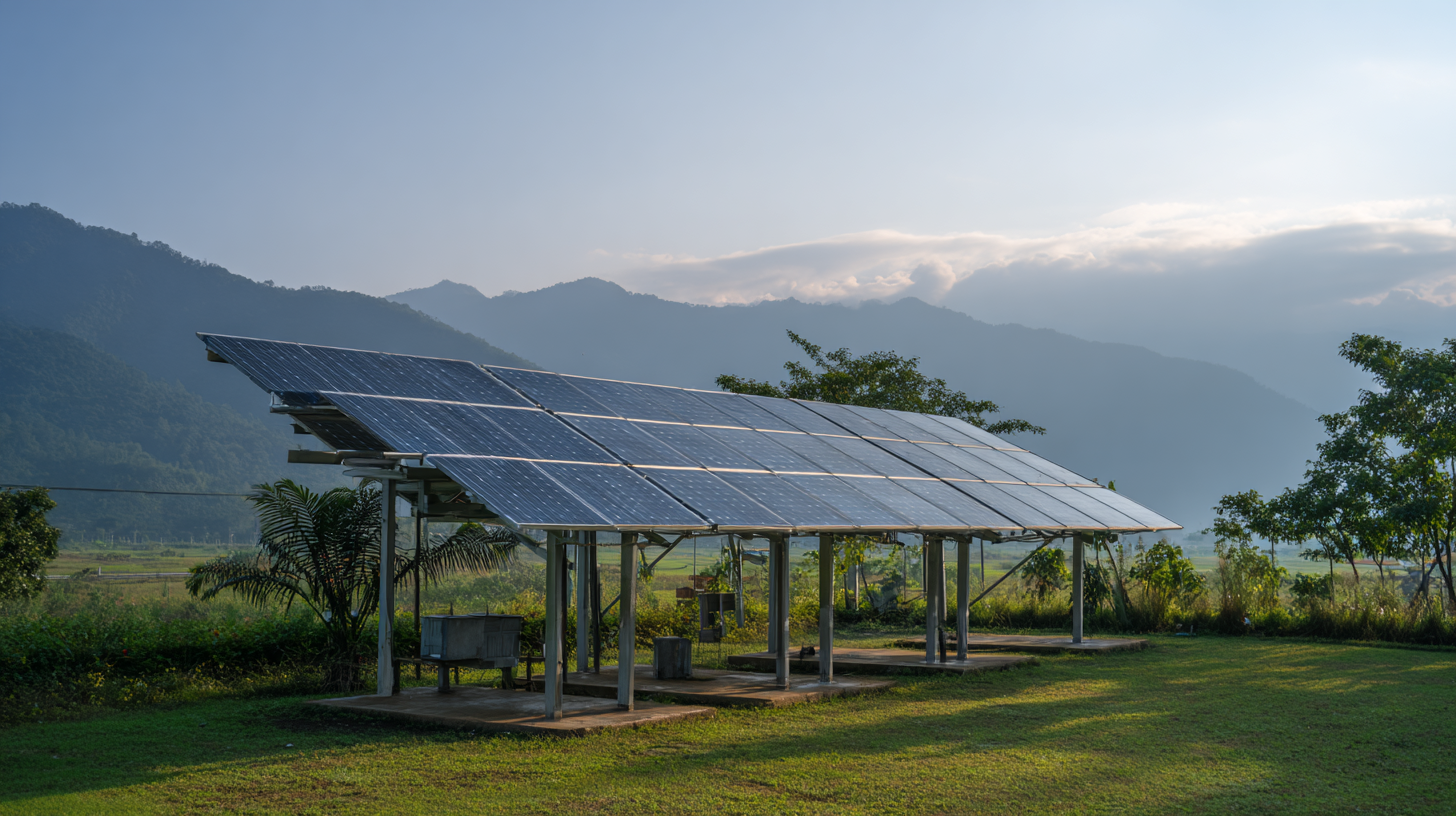 Moreover, advanced geographical information system (GIS) analyses have shown promising results in identifying optimal locations for large-scale photovoltaic installations. For example, in Jeddah, Saudi Arabia, spatial analysis has been employed to assess solar energy potential and determine ideal sites that not only enhance energy capture but also contribute to CO2 reduction. This approach highlights the importance of tailored strategies based on specific environmental conditions, ensuring solar installations are not only efficient but also sustainable and beneficial for local ecosystems. This comprehensive understanding reinforces the connection between localized climate assessments and the effective deployment of solar technologies.
Moreover, advanced geographical information system (GIS) analyses have shown promising results in identifying optimal locations for large-scale photovoltaic installations. For example, in Jeddah, Saudi Arabia, spatial analysis has been employed to assess solar energy potential and determine ideal sites that not only enhance energy capture but also contribute to CO2 reduction. This approach highlights the importance of tailored strategies based on specific environmental conditions, ensuring solar installations are not only efficient but also sustainable and beneficial for local ecosystems. This comprehensive understanding reinforces the connection between localized climate assessments and the effective deployment of solar technologies.
Installation Tips for Maximizing Performance with Chosen Mounting Structure
When selecting the right solar panel mounting structure, it's crucial to consider not just the type of structure, but also how installation impacts performance. Ground-mounted systems, for instance, can offer versatility in alignment and tilt, optimizing energy capture throughout varying seasons. In fact, the installation angle can significantly influence how dust and debris affect panel efficiency. Using an optimal tilt angle can minimize dust accumulation while maximizing sunlight exposure.
To further enhance performance, regular cleaning of solar panels is essential, particularly in dusty environments. Establishing a cleaning schedule that coincides with system monitoring can help maintain peak efficiency and prolong the lifespan of the panels. Additionally, understanding the local climate conditions is vital; for instance, panels may underperform during extreme heatwaves despite high sun exposure.
Finally, integrating advanced modeling and simulation techniques before installation can provide insights into potential energy output, ensuring that the chosen mounting structure and orientation meets both energy and crop productivity needs for agrivoltaic systems. This approach will not only maximize the energy harvest but also support sustainable agricultural practices.
Related Posts
-

Navigating Industry Standards: Challenges in Sourcing the Best Green Solar Panels Globally
-
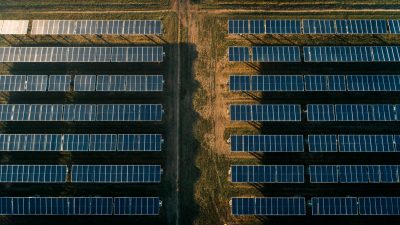
What are the Latest Trends in Energy Solutions for Sustainable Businesses
-
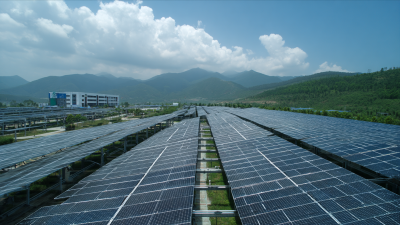
Uncover the Excellence of Best Solar Engineering from Chinas Leading Manufacturers
-
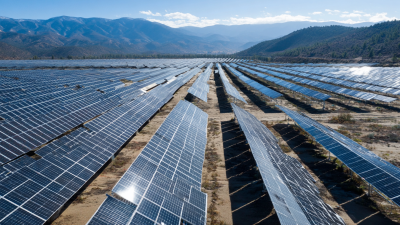
Top Green Solar Power Solutions for Ultimate Energy Efficiency Comparison
-

Innovative Green Energy Alternatives Shaping the Future of 2025 Technology Trends
-

The Future of Future Solar Technology and Its Impact on Renewable Energy Trends